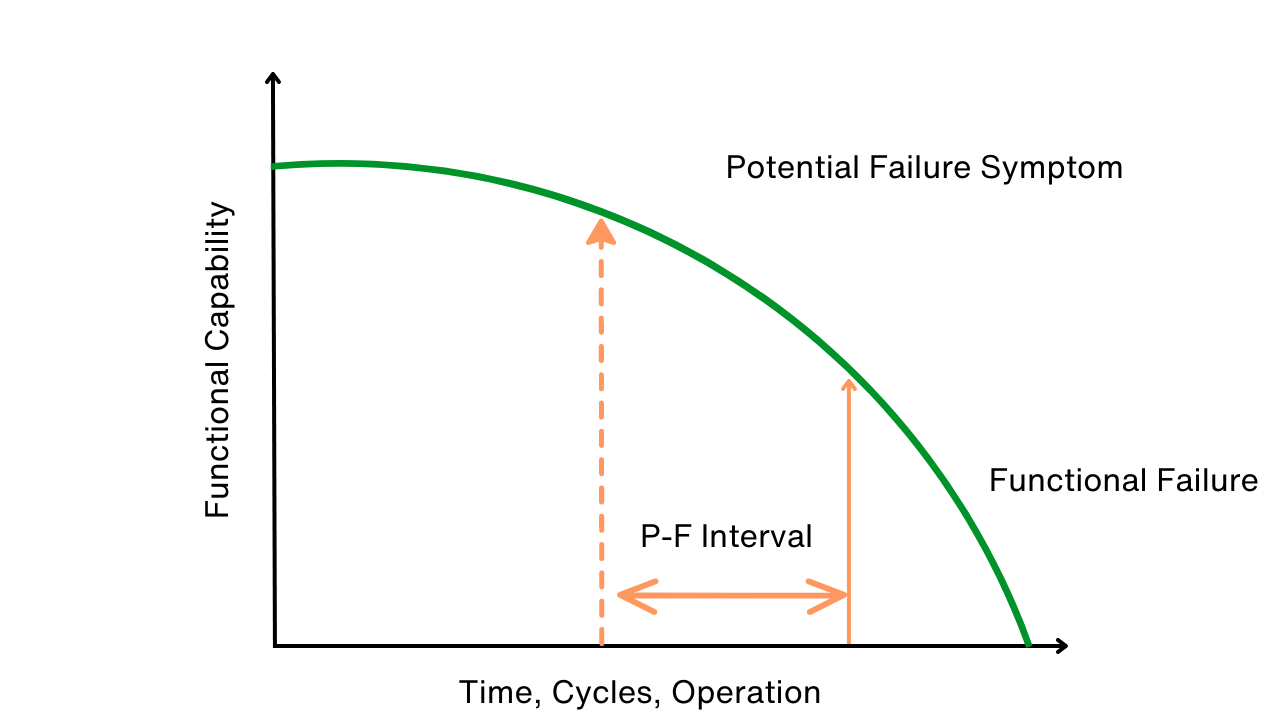Acceleration Enveloping: Opening the Envelope on Bearing Vibration
Chris Hansford
A sophisticated signal processing technique, called acceleration enveloping, can help to pinpoint bearing failure at an early stage. Chris Hansford, Managing Director at Hansford Sensors, explains.
Experienced operators can often tell if a machine is not working properly, on the basis that is does not ‘sound right’. The same principle can be applied – using modern electronics – to identify the exact cause of the problem.
Sensitive accelerometers can detect and analyse the vibrations from industrial equipment, highlighting problems such as misalignment or bearing imbalance. The technique is known as vibration analysis. It can identify bearing failure in the very early stages, when there is a microscopic defect on the raceway, for example. The problem is that the identifying signal is usually drowned out in all the other noise emanating from the machine.
Filtering device
It is vital to catch these kind of defects as early as possible, to stop them developing into more serious problems. One way of homing in on the signal of interest – and filtering out the ‘noise’ – is to use a signal processing technique called acceleration enveloping. It works by progressively filtering out unwanted parts of the vibration spectrum until the signal of a bearing defect can clearly be seen – extracting low level, repetitive vibrations from the noise around it.
The unfiltered waveform from a defective bearing is a mix of low and high frequencies, with no obvious pattern. The first step is to apply a band pass filter, which isolates only the frequencies in which the signal of interest is hiding. Some experience is needed in order to know how to choose the high- and low-pass frequencies.
The filtered output will identify repeating, high frequency signals, though more steps are required to pinpoint the one specific to the bearing defect. First, the waveform is rectified – inverting the negative part to positive – and this is then enveloped (or demodulated) by tracing a line over the general shape of the rectified signal. This ‘envelope’ is now used as a true vibration signal – helping it to stand out from the noise.
The envelope helps to contain regularly spaced signals, such as a single defect on a raceway. Other causes of noise, such as shaft rub, are random – so will not produce evenly spaced peaks.
Technique in action
Acceleration enveloping is most commonly used in roller bearing systems but can also be applied in areas such as electric motors and gearboxes. It is a key factor in the success of condition-based maintenance (CBM) programmes.
While enveloping is most commonly used with signals in the acceleration spectrum it can be used to improve other measurements, such as a shock pulse.
Once the signal has been filtered, the information can be collected from the accelerometer using a data collector, ready for review and interpretation by a specialist – who can decide whether or not maintenance work is required immediately or can be planned as part of routine schedules.
While acceleration enveloping may seem to be the definitive answer to detecting bearing failure, it cannot be universally applied to any machine. The technique detects faults involving repetitive, metal-to-metal interactions. Anything that masks this, such as gaskets or dampers, may put a machine outside its scope of use.
Success factors
If an application is suitable for enveloping, several factors will help to ensure better results. Firstly, accelerometers to measure the low level signal should be selected carefully – in the proper frequency range – to suit the needs of the particular machine or application.
Secondly, accelerometers should then be correctly mounted – close to the component being monitored, on a flat, clean surface to guarantee consistent results. Poor mounting reduces reliability and can make collected data redundant.
Once accelerometers have been installed and calibrated, data readings should then be taken at regular intervals over a period of time to allow accurate trend analyses to be produced. This allows a steadily deteriorating condition to be identified, for example.
It is important to understand that the information provided is not a simple ‘yes/no’ answer – and requires some skill and experience to interpret: the amplitude of a worsening condition can actually reduce over time, for example, as the imperfection becomes slightly smoother.
The potential benefits of acceleration enveloping are clear, but it would be unwise to rely on the technique alone. Implementing it as part of a wider monitoring and analysis regime can be far more effective, helping plant engineers to safeguard the health, performance and productivity of all the assets under their care.
Acceleration Enveloping in action
According to the Global Wind Energy Council there were 268,000 wind turbines in operation at the end of 2014, with each turbine having an average of 8,000 separate components. Of these, a large number are associated with the drivetrain, which has separately been recognised as the major cause of extended downtime. Wear in gearboxes and bearings in particular is known to cause problems. Although wear tends to be gradual rather than catastrophic it can nonetheless lead to expensive repairs that, in terms of downtime plus the possible need for heavy lifting equipment, gearbox replacement or generator rewinds, cost far more than simply the cost of a replacement bearing or gear unit. Regular vibration monitoring can prevent these issues occurring.
The complexity of a typical wind turbine does, however, present a challenge for vibration monitoring. For example, the main turbine, gearbox and generator often have more than 15 rolling element bearings installed, while the gearbox incorporates a series of stages, each with multiple gears. These components generate unique vibration signatures, with different amplitudes and frequencies, which can be difficult to isolate from each other and that can be masked by noise from surrounding systems.
This is where a technique such as acceleration enveloping can play a crucial role, enabling vibration analysts and maintenance engineers to separate vibration signatures and identify the changes in signal conditions, which can indicate increasing wear.
To be effective, acceleration enveloping requires the use of multiple accelerometers, fitted to all key rotating parts. These include the main bearings, planetary, intermediate and high speed gear stages, the generator (inboard and outboard bearings) and ideally the nacelle traverse and axial movements.
In each case, there are several critical factors that must be considered. In particular, each accelerometer must be mounted securely on a clean and solid base, and as close to the component being monitored as possible; normally, standard M8 mountings are used. It is also important to collect data consistently, to enable any change in operating conditions or trends over time to be accurately identified at the earliest possible stage.
It should also be noted that the frequency of enveloping signals is related directly to the speed of shaft rotation. On wind turbine drivetrains, for example on the generator output shaft, rotational speeds can be relatively slow and may therefore require the use of special purpose low frequency AC accelerometers, with a sensitivity of between 100mV/g and 500mV/g. The sensors are generally hard wired back to a junction box within the nacelle and then to a switch box mounted at ground level. Signals can either be monitored on-site using hand held data collectors, which feature software capable of automatically calculating acceleration enveloping, or are transmitted to a remote monitoring centre for subsequent analysis.
Chris Hansford, Managing Director at Hansford Sensors
Related Articles

Use P-F Intervals to Map, Avert Failures

The RCM Trap

Can You Really Justify Reliability Centered Maintenance (RCM)?

Design for Maintainability





